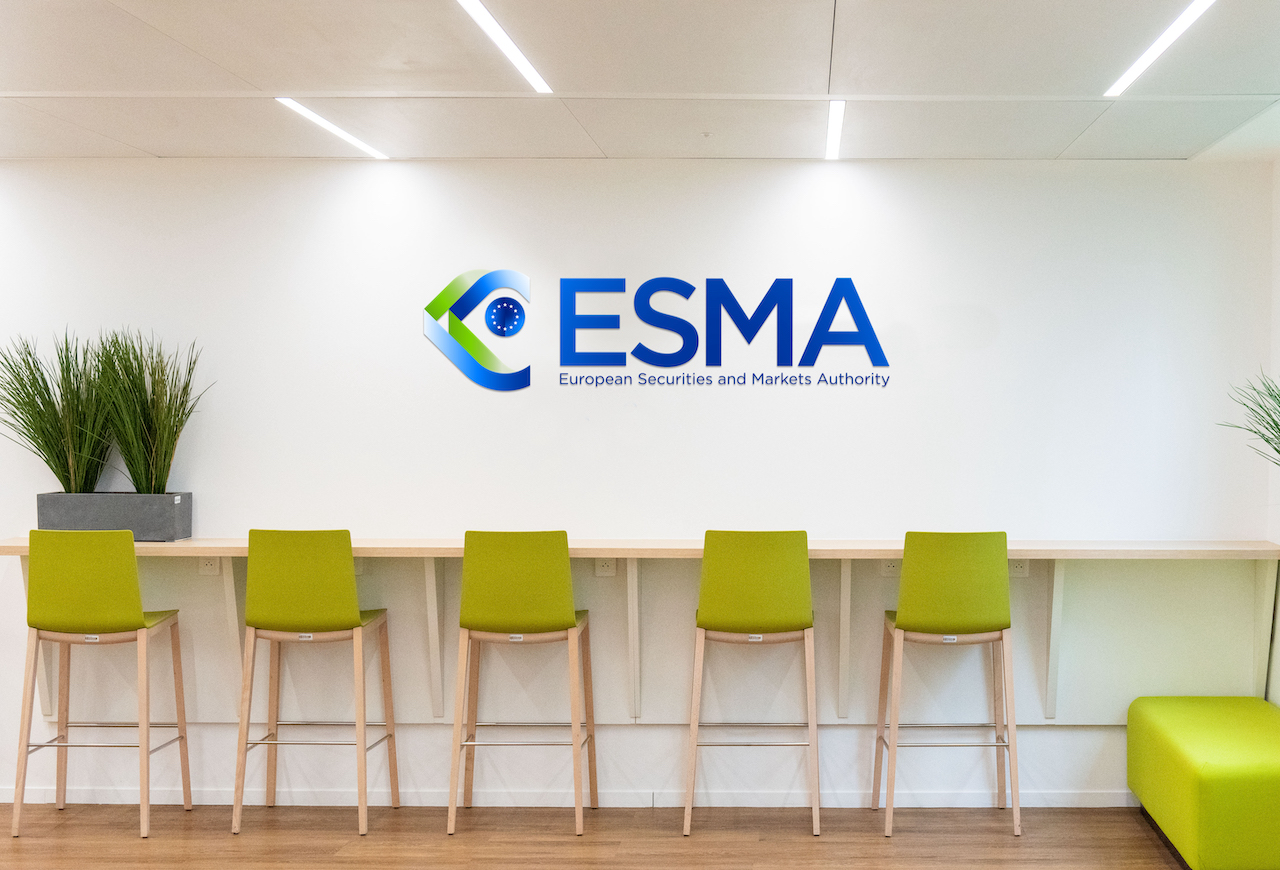Definitions in consultation paper need more clarity, according to leading players in the sustainable and impact investing sector.

Guidelines proposed by the European Securities and Markets Authority (ESMA), the EU’s financial markets regulator, to better define which funds should be allowed to include terms such as “ESG” or “sustainable” in their names are an effort to bring clarity to investors and avoid greenwashing. But the industry they were intended to help say they risk doing just the reverse.
The end of a consultation period on the guidelines in late February promoted a wave of criticism in feedback from senior figures in the fund management industry.
They say the definitions of ESG and sustainability-related terms in the proposals need to be clearer to be workable and that, when it comes to naming funds targeting impact and the energy transition in particular, more emphasis should be placed on the direction of travel of investments in their portfolios, rather than just seeking to quantify the current impact of those investments.
ESMA’s consultation paper, published in November 2022, has two important quantitative elements. The first is that a threshold of at least 80% of investments made by any fund with ESG-related words in its name should have defined environmental or social characteristics, or sustainable investment objectives linked to the EU’s Sustainable Finance Disclosure Regulation (SFDR), which is gradually being rolled out.
The second is that for a fund to includes the word “sustainable” or a related term in its name, at least half of that 80% – so, 40% of overall investments – must meet more stringent requirements, also linked to the SFDR. The ESMA paper also outlines additional considerations for specific fund types, such as impact and index funds.
Sector response
Laure Wessemius-Chibrac, managing director of the Netherlands Advisory Board (NAB) on impact investing, told Impact investor that the market would benefit from a clearer definition of ESG and sustainability-related terms.
“While such efforts to introduce norms are likely to lower the risk of greenwashing or impact washing in the long-term, we feel these proposals are a missed opportunity to align with standards that already exist in the sector,” she said.
She said definitions of what constituted ESG, sustainable or impact investments remain confusing and differed across EU financial sector institutions, making it difficult for funds to have certainty over how to classify investments.
“These institutions are not very aligned with each other. which adds confusion in an already quite complex space,” she said.
Wessemius-Chibrac noted that the threshold that sustainability-related terms could be used in a name if more than 40% of investments were classified as sustainable seemed low but added more clarity was needed on definitions before suggesting what a more appropriate level would be.
The European Fund and Asset Management Association (EFAMA) shared similar concerns, saying the proposed numerical threshold approach as it may not address underlying greenwashing issues faced by the investment industry due to the lack of clarity on key sustainable finance concepts.
EFAMA called for a delay in implementing ESMA’s guidelines until the definition of a “sustainable investment” was clarified. It called for more work to be done with the European Commission to resolve “interoperability issues” between the guidelines and the SFDR, and existing directives, such as the EU Markets in Financial Instruments Directive II (MiFID II) and Insurance Distribution Directive (IDD), which came into effect in August 2022.
EFAMA also questioned the need to differentiate between ESG and sustainability-related terms. It said using two distinct requirements for “ESG” and “sustainable” may cause confusion and make things more difficult for retail investors.
“It is unlikely that a methodology built on an unclear legal definition will increase investor understanding of ESG funds and adequately address greenwashing concerns,” Anyve Arakelijan, regulatory policy adviser at EFAMA, said.
Wessemius-Chibrac said the definition of “impact funds” used in the proposals needed to better aligned to match concepts espoused by the GIIN and widely accepted by the industry.
The GIIN believes that intention, additionality and the formulation of a clear theory of change by funds are at least as important to successful impact investing and other types of sustainable investing as hitting short-term quantitative targets. This view is also reflected in concerns expressed by the GIIN in the context of the UK’s fund labelling proposals.
The GIIN said it felt ESMA’s proposals overemphasised the quantitative thresholds determining how funds could be named. “What is more important, in our opinion, is that funds are expected to articulate their intended impact objectives, how they seek to achieve those objectives, and their methodology to measure and manage their impact performance,” the organiaation said in comments on the proposals.
Concerns were also expressed that potentially beneficial investments supporting the energy transition could fall foul of ESMA regulations in their current form. NAB and others are calling for a separate transition-related funds that could, for example, include investments in renewable energy projects owned by oil firms, whose overall activities wouldn’t be classified as sustainable.
Beyond funds
Some players including EFAMA also suggested the guidelines could lead to a playing field in the EU distribution market that was not level unless the naming guidelines applied not just to funds but to all financial products and instruments.
The industry also wants cash, cash equivalents, and derivatives used with funds for hedging should be excluded from the 80% investment threshold calculation, given these are a necessary part of a fund to ensure its efficient management, but not part of the underlying investment strategy.
ESMA has said it would consider the feedback it has received, but has not said when it would finalise its guidelines. The body has plenty of work ahead, if it is to come up with final proposals that will satisfy the European fund management industry.






